Rent
ProLift offers daily, weekly, and monthly rentals. Find the right equipment for maximum productivity and safety.
Let us know how we can assist you! A ProLift specialist will connect with you to help with your material handling needs.
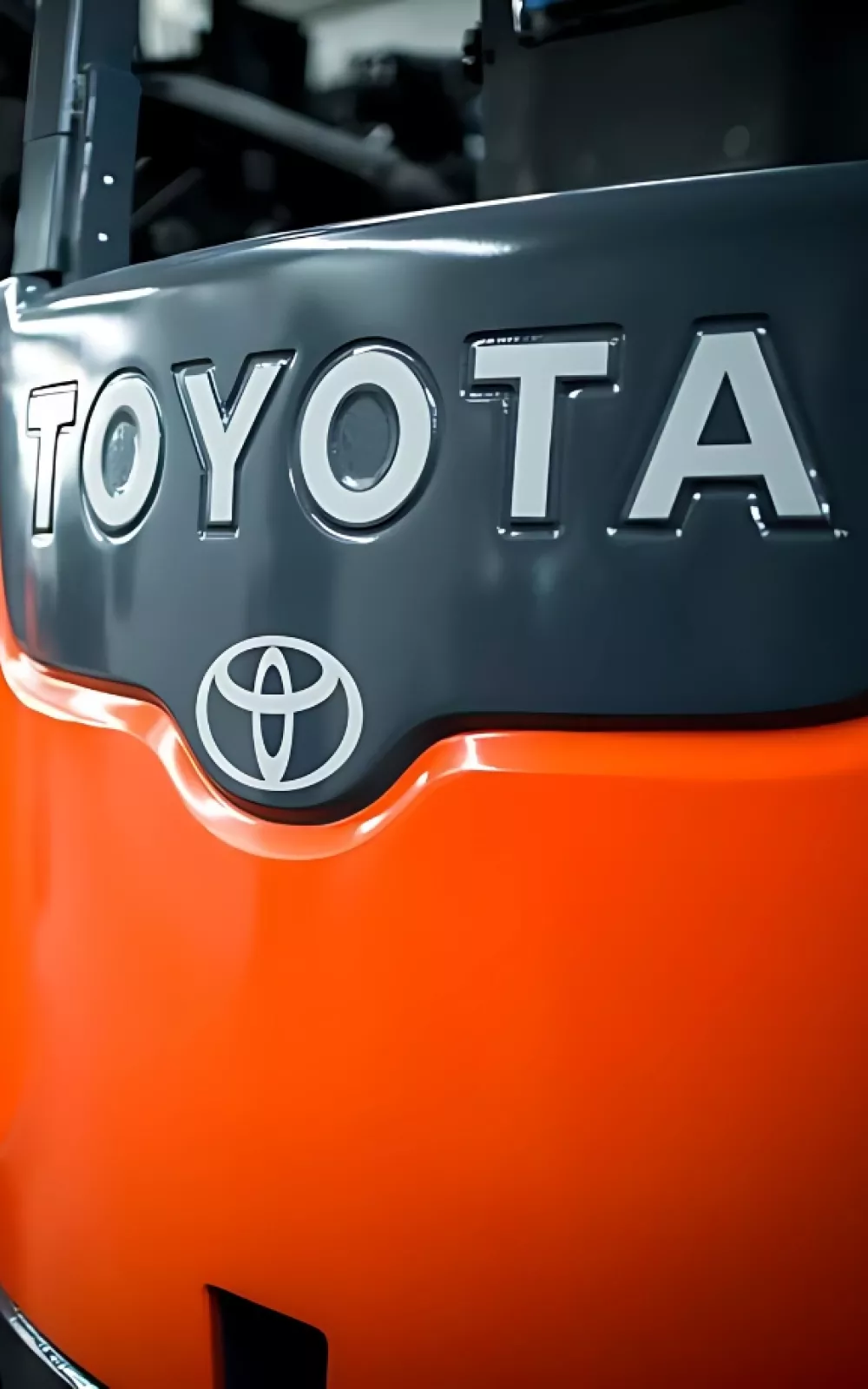
When purchasing a forklift, it's important to provide key details to ensure you choose the right equipment for your needs. Sharing information about your application, load requirements, operating environment, and any specific challenges will help your dealer recommend the best forklift to maximize efficiency and safety in your operation.
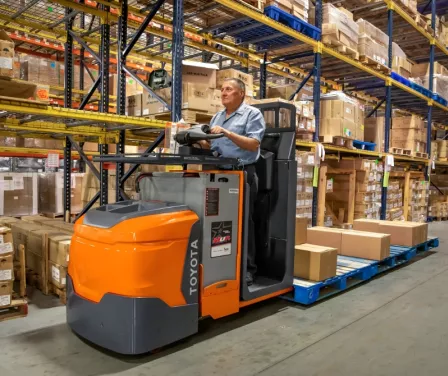
When planning a new forklift purchase, it’s easy to assume the requirements are the same; however, this is an ideal time for an application survey. Inviting the forklift dealer to learn how the unit is operated can uncover information that changes your specifications.
The size and weight of the product(s) you move will determine the needed capacity of the unit or if an attachment is necessary to lift and transport it. After analysis you may discover present loads are lighter or heavier than originally recorded.
A forklift's maintenance schedule and lifespan are largely determined by its hours of operation. The daily usage or number of shifts helps identify the best fuel option, such as liquid propane or electric, and whether a used forklift might be suitable.
Your specific application also plays a role in selecting the ideal lease term. For instance, a forklift used in multiple 8-hour shifts may need replacement after 3 years, while a lighter application with the same total hours could extend the replacement period to 5 years.
The distance the product is carried throughout the facility will show if you are using the right forklift. Moving products horizontally only may allow you to choose a less expensive unit such as an electric pallet jack or tugger.
Driving surfaces should be considered to determine tires, especially if the warehouse has rough floors or the forklift will be used outdoors. Other factors such as the use of racking or ramps might have implications on the type of forklift suggested.

At ProLift, we take pride in our thorough reconditioning process to ensure every used forklift is safe and reliable. Our inventory is updated weekly, so let us know what type of forklift you're looking for, and we’ll check our stock.
Our sales consultants are also available to visit your site, assess your application, and recommend the best fit for your needs.
Comments from operators can seem repetitive but hearing about common issues may reveal the current forklift isn’t ideal for daily operation.
Observing operators can reveal a need for ergonomic features. For example, if your application requires tall loads to be carried, the operator will spend the majority of the shift looking over their shoulder to drive the unit in reverse. Using a swivel seat and rear assist grip with a horn will let an operator turn with the seat, reducing back and neck strain while improving safety.
While many organizations focus primarily on the upfront cost or monthly payment of a forklift, the total cost of ownership is a more critical factor for achieving long-term financial goals. The points mentioned earlier contribute to reducing overall ownership costs. Additional factors to consider include fuel and maintenance expenses, as well as monthly depreciation or lease costs.
Many forklift dealers can help estimate your total cost of ownership. It's also valuable to understand what you're currently spending on your forklift or fleet on a cost-per-hour basis. With your input, most dealers can analyze your current expenses and recommend solutions to reduce the cost per hour of your new forklift.
With technology constantly evolving, more forklift options are becoming available. While it's important to highlight the features you like on your current forklift and why, it's equally important to share any challenges that impact productivity and safety. Your forklift dealer works with a wide range of businesses, and it's likely that a company similar to yours has faced and resolved similar issues by adding specific features to their forklift or adjusting their business processes.
If you are considering adding to your forklift fleet or replacing a unit, contact us today to schedule an application survey. ProLift can source both new and used equipment.
From equipment and maintenance to replacement parts and safety training, ProLift offers you 360 support. We can also assist you with pallet racking and additional warehouse solutions. Let us know how we can help!
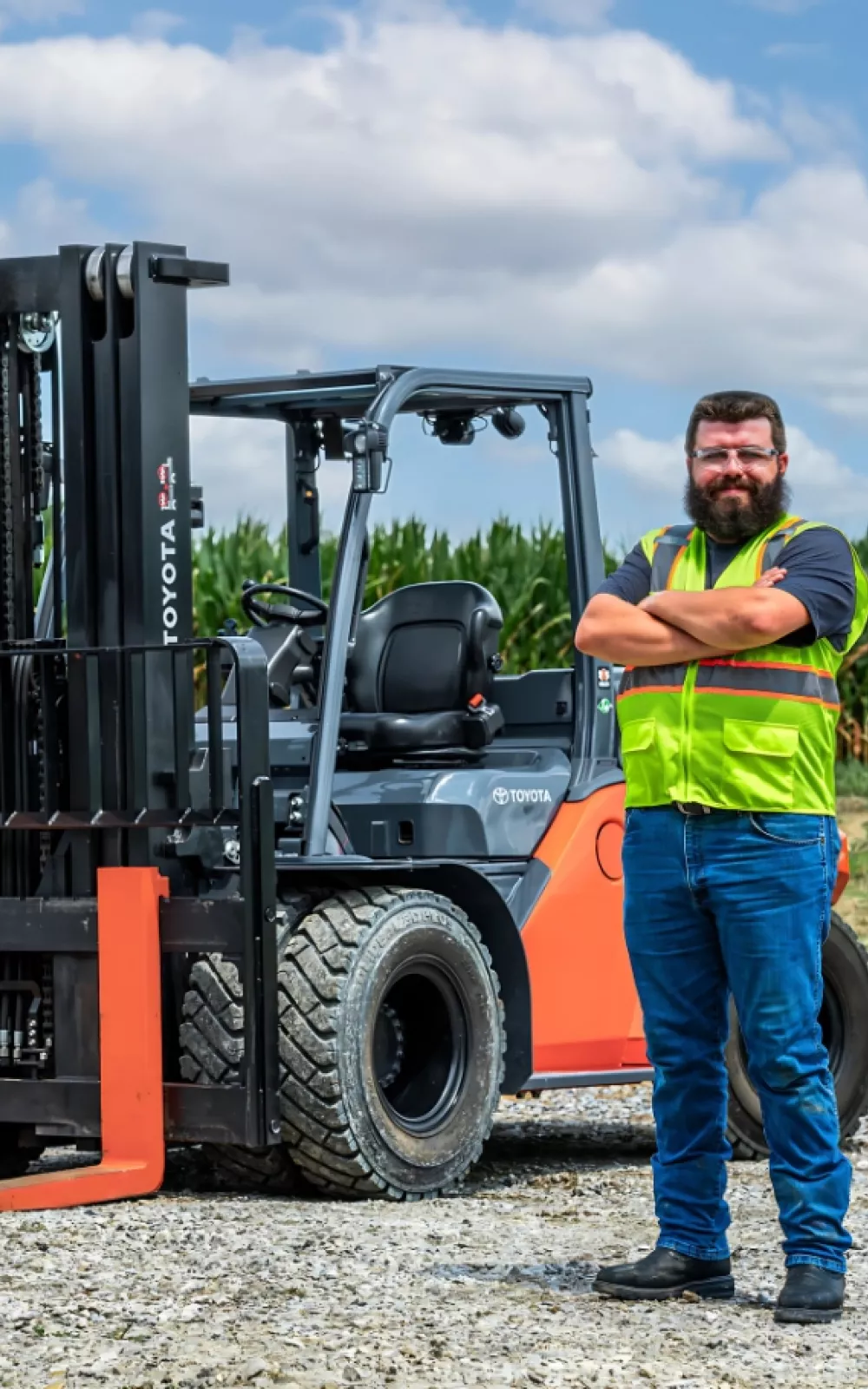
Financing is available for various material handling solutions, including:
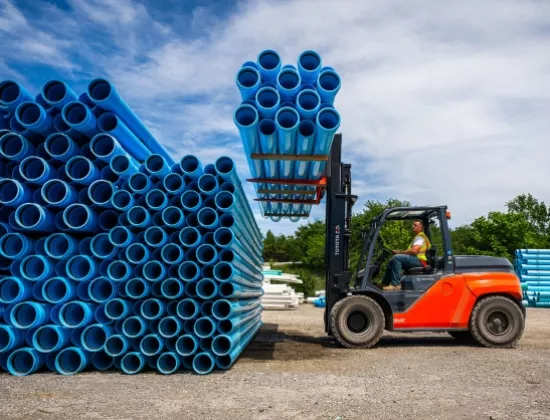
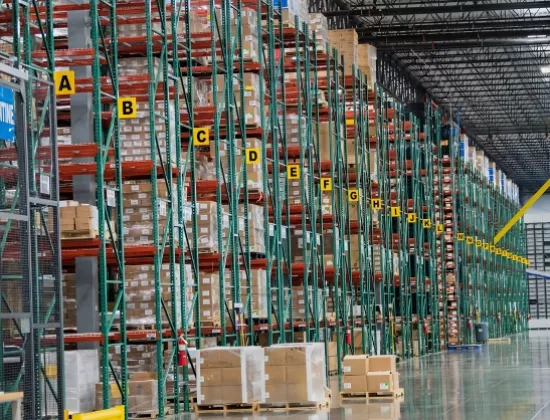
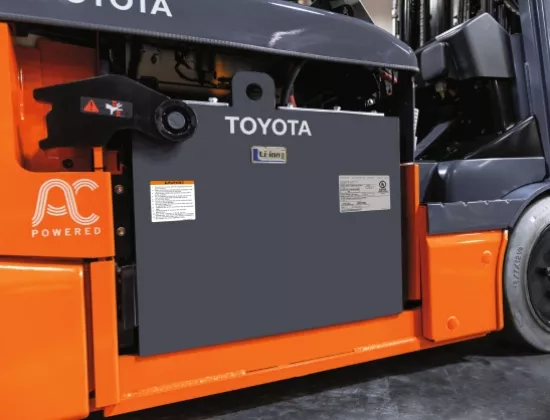

Financing is available for various material handling solutions, including pallet racking, fleet management tools, and equipment.

Let us know how we can assist you! A ProLift specialist will connect with you to help with your material handling needs.
